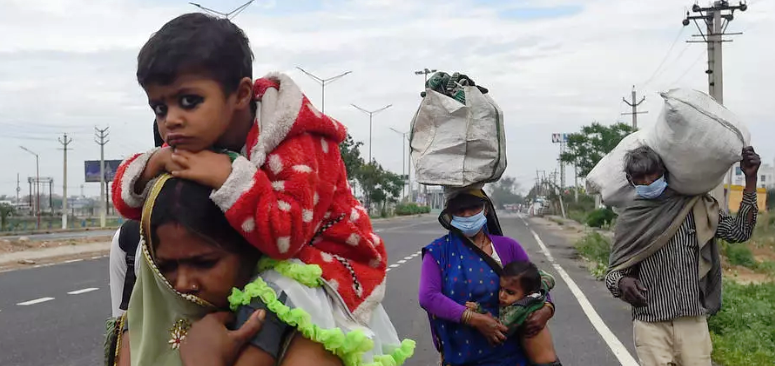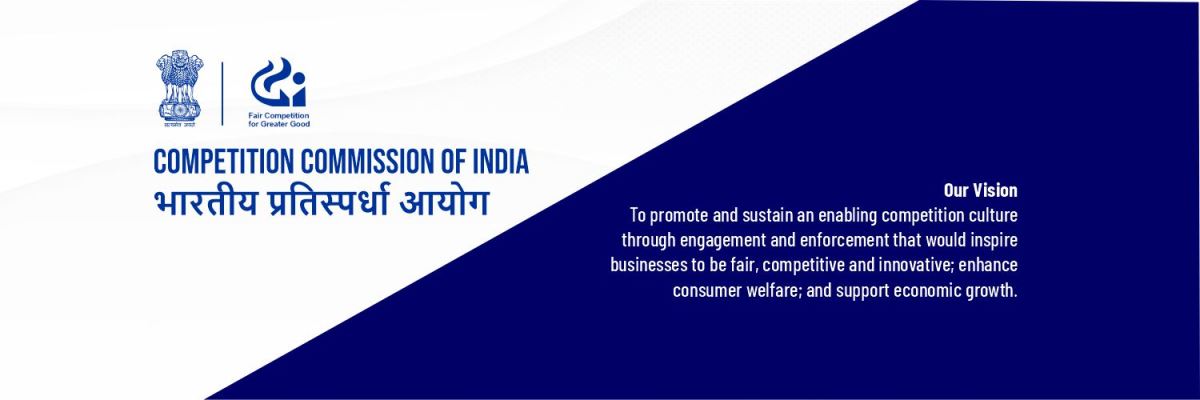Estimates suggest that if requisite policy and practice actions are not taken against the changing environment, approximately 3 billion people globally could experience chronic water scarcity. The global economy could lose up to 18% of GDP by 2050.Irrespective of handful of successful ecosystem restoration cases worldwide and in India, we have still lost 3.7 million hectares of primary forest in 2023
 KRC TIMES Desk
KRC TIMES Desk

Dr Rajan Kumar Kotru
Over the last two decades, despite the global community’s endorsement that climate change impacts are a defining threat to mankind, environmental degradation is on going. Estimates suggest that if requisite policy and practice actions are not taken against the changing environment, approximately 3 billion people globally could experience chronic water scarcity. The global economy could lose up to 18% of GDP by 2050.Irrespective of handful of successful ecosystem restoration cases worldwide and in India, we have still lost 3.7 million hectares of primary forest in 2023, the equivalent of losing 10 football (soccer) fields per minute, a rate stubbornly consistent with previous years (Global Forest Review 2023). World Meteorological Organization just few weeks back confirmed Heat waves, floods, droughts, wildfires and rapidly intensifying tropical cyclones causing misery and mayhem, upending everyday life for millions and inflicting many billions of dollars in economic losses.
Raising a Red Alert, its study confirmed that 2023 was the warmest year on record, with the global average near-surface temperature at 1.45°C above the pre-industrial baseline. So, by no means we will be able to maintain the 1.5°Cagreed target till 2050 as we will overshoot it as has already been reported in the Himalayas. Hence the concept of ‘Lifestyle for the Environment (LiFE) introduced by our country’s esteemed Prime Minister at COP26 in Glasgow (2021), calling upon the global community of individuals and institutions to drive LiFE as an international mass movement towards “mindful and deliberate utilisation” is fitting. LiFE’s solid justification is underlined by the United Nations Environment Programme (UNEP) by claiming, if one billion people out of the global population of eight billion adopt environment-friendly behaviours in their daily lives, global carbon emissions could drop by approximately 20%. This reality gains significance for the development of Vision India@2047 plan which rightfully aims to transform our nation in to a USD 30 trillion economy by 2047.This vision is a bold future-oriented declaration that has purpose and aspiration merged. Together, these guide strategy development, help communicate the nation’s pathway of development to stakeholders, and communicate the goals and objectives to one and all.
To ensure that our applecart of development is not scuttled, we need to factor in any blind spots in such strategies and plans. These are anticipated risks that may challenge us and demand a back-up plan to mitigate such risks. This keeping in view that we may become the third largest world economy but not lose billions to permanent damage to our ecosystems and especially mountain resources. In this context, the Himalayan Landscape may not stir our minds if its contribution to Country’s GDP is considered but no financial calculation can and ever will match its tangible and intangible values of ecosystem services on which we build the cradle of economy in the plains of India where almost half of our 1.4 Billion population live and thrive from river-basins (Industry, Agriculture, Health) originating here (Ganges, Brahmaputra, Kosi, Satluj, etc.).The Himalayan vortex has to be understood as the future whirlpool of climate induced disasters complemented by several non-climatic factors as well (e.g., Inappropriate mountain context policies and programmes, deficiencies in implementing Sustainable Resource management standards for the flow of ecosystem services, Unbridled Infrastructure built up ignoring ecological principles, etc.). Few data on massive losses already induced by disasters can take reference from cases such as J&K which in 2014 got a massive flood affecting around five million people”4.5 million in Kashmir valley and half a million in the Jammu region”. Additionally, it caused hundreds of casualties and an estimated loss of Rs. 5,400-5,700 crores to the state’s economy. Kosi river flood in 2008 emerging from upstream of the Himalayas affected Bihar state, killing hundreds of people and forcing nearly three million people from their homes thus bringing physical and mental agony.
More than 300,000 houses were destroyed, at least damage to 340,000 hectares of crops causing Rs. 36,696.68 loss, and public property worth Rs 9,284 lacs was destroyed. In a very recent Himalayan disaster in Sikkim, the State-run hydro power giant NHPC in October 2023 suffered an expected loss of Rs 233.56 crore due to flash floods in its Teesta-VI hydro power project. Additionally, apart from casualties to humans and livestock, floods partially or fully damaged 2,516 houses, washed away 13 bridges, and rendered several roads impassable. Floodwaters extended into the neighbouring state of West Bengal, inundating Darjeeling, Kalimpong, Cooch Behar and Jalpaiguri districts in the northern parts of the state. In the above very few disasters (Not mentioned Kedarnath, Leh etc.), we have hardly estimated post disaster costs involved for eco-restoration and rehabilitation. Lastly, ecological damage to Himalayan landscape that takes decades of healing time to produce optimum level of ecosystem services that contribute to country’s GDP.
Hence it would be appropriate that Vision 2047, while focusing on several relevant objectives, includes balanced Himalayan conservation and development in the objective of: Fostering green growth while bracing up for climate actions by increasing renewable energy capacity and reducing carbon emissions, also gives an equitable attention to sustainable landscape management in the Himalayas. Responsible Tourism, Customized public schemes, Eco-friendly infrastructure, Eco restoration and green jobs etc. are only few investments that if planned and implemented with standard operational eco-procedures can restore the natural and cultural legacy of country’s spiritual cradle. In this context, LiFE Concept is very relevant but will need an attractive, understandable and inclusive “Communication Strategy” that consistently appeals all stakeholders, and in turn brings the societal behavioral change our country desperately needs to shun the mindset: we have rights but no responsibility for nation building. If we don’t plan measures for mitigating future climatic risks then adapted Saint Kabir’s saying will come true: Himalaya kaheAwaam Se, Tu Kuin Kate Mohe, Ek Din Aisa Aayega, Mein Katunga Tohe!






